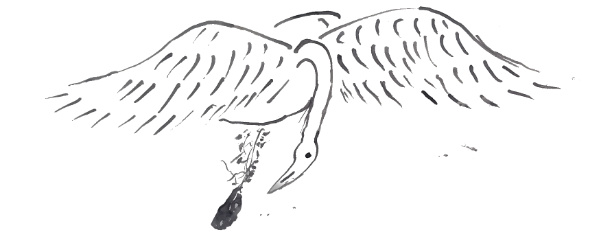The “Rhyme of the Ancient Mariner” is a myth fast-frozen into a poem written 200 years ago. A poem so famous, so powerful in our culture, that it’s become a myth in itself. It means so many things to so many people that it’s difficult to ignore the hullabaloo and read it for what it is. Nobody can quite put a finger on it, not even its writer, Samuel Taylor Coleridge. But one thing’s for sure – it’s about being lost, more lost than you’ve ever been, so lost that you’ve passed to the other side of Death and back again before your journey’s done.

When Coleridge entered the skin of the Ancient Mariner he was taking serious amounts of opium. That’s one of the reasons why many people taking part in our project find him understandable. Just like them, he had substance abuse issues.
But there’s another deeper connection, the sense that this poem sails further “out there” than poems usually do. It speaks to people, like Coleridge, who’ve had the experience of being profoundly outside. It’s a story told by an old sailor who carries a curse upon him and can never be part of society again. He’s doomed to stay at the edges, telling his tale of how he murdered the life-bringing seabird the albatross and the terrible visions that this crime brought forth.
So when we started rewriting this monumental poem and its haunted wilderness, I had no fear. Because the writers had already been there — and if anybody has the authority to write about it, these authors do.
By Philip Davenport. Manna House, February 2022
Image. Back on Track participant
Refuge from the Ravens is supported by the Heritage Fund. In 1798, Lyrical Ballads by Wordsworth and Coleridge sparked a literary revolution — poems in everyday language, telling of people on the margins of society. 200 years later, homelessness and social inequality are still with us and even on the rise. This project invited people with lived experience of homelessness and other vulnerable people to meet Wordsworth across time, replying in poetry, art and song in a Lyrical Ballads for the 21st Century.
